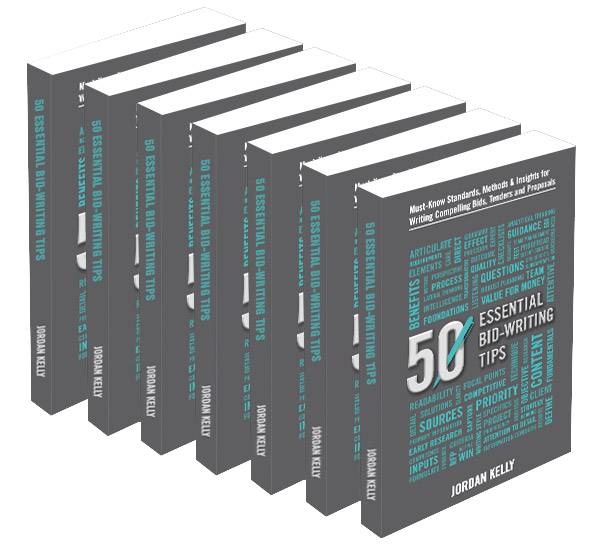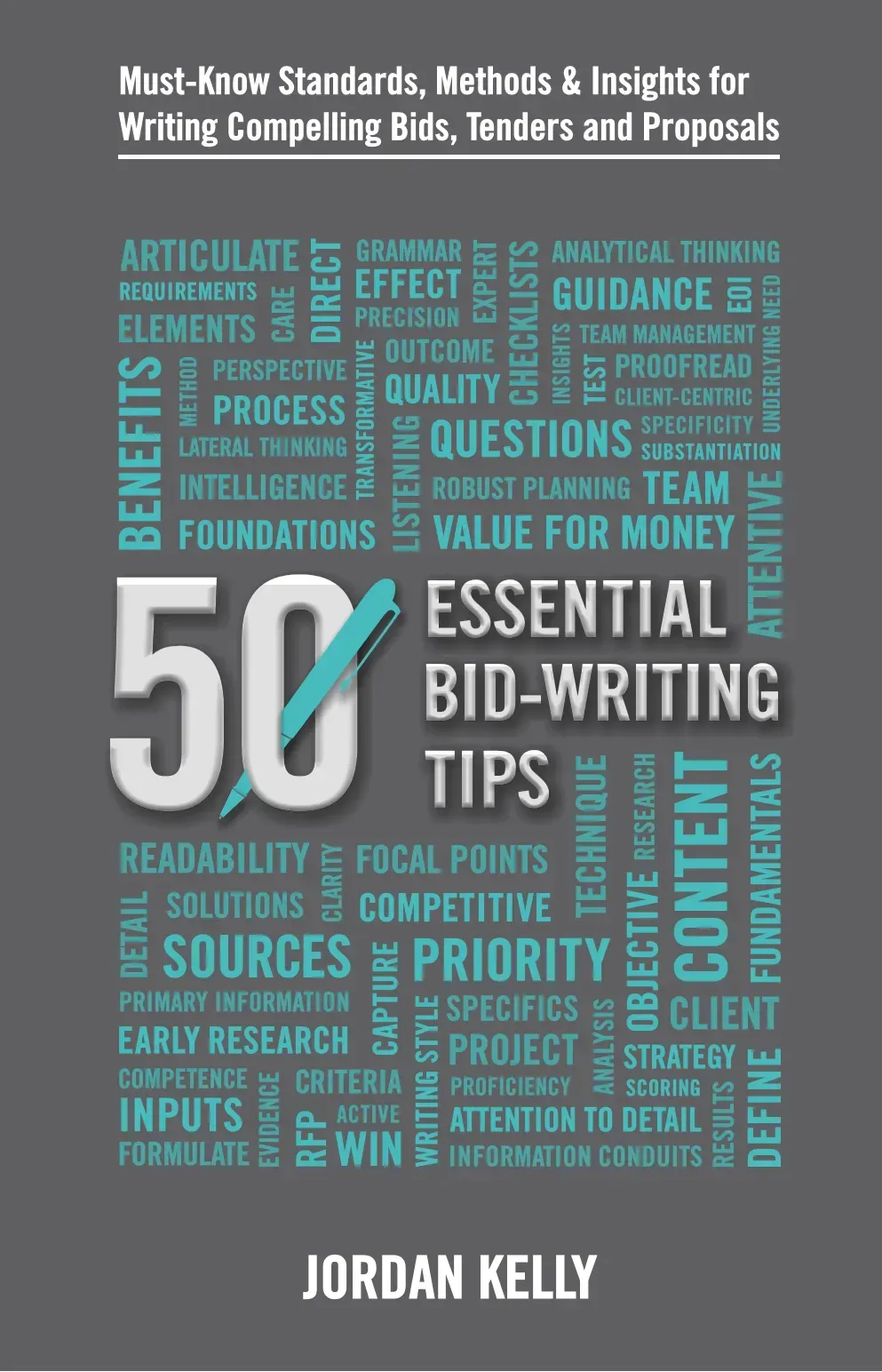CATEGORIES:

‘Metre’ is the rhythmic structure of a piece.
Although generally applied to poetry and similar prose, the brain nonetheless follows the metre of various other styles of writing.
The reason – in my view – that metre is a technique applicable in copy other than poetry, is that you should aim for consistency of “sound-flow” within paragraphs. This helps the brain experience “harmony”.
But . . . when it comes to copy other than poetry, there’s a trick to it: While you want that nice rhythm to your words, you don’t want to lull your reader to sleep. After all, most RFP response sections are a fair bit longer than your average poem.
The key is to strike a balance between rhythm and variety.
One of the ways to achieve this is to vary the number of sentences in your paragraphs. The other is to vary the length of your paragraphs.
You should do both. This is actually a well-established principle of journalistic feature writing: the writer might, for example, have two standard paragraphs, then one fairly long and fact-chunky paragraph and follow that up with a paragraph consisting simply of one short and punchy sentence.
Check Your Metre with this Technique
Here’s a simple technique you can use to check for, and avoid, monotony in the metre of your proposal-writing:
Hold your copy in your hand and stretch your arm out to its full length. Examine the size of each paragraph by viewing them as a block of type. Don’t read them and don’t take note of the words. Just look at the amount of space each takes up and compare it to the amount of space occupied by the paragraphs around it.
If you see five big, unbroken blocks of type in a row, you can be reasonably sure your writing is monotonous.
On the other hand, if you see half a dozen paragraphs in a row that run little more than the length of a sentence, you might reasonably suspect your writing will sound very “staccato” to the brain – not a pleasant “metre” for long copy.
One final tip:
Many “non-day-job” writers tend towards copy that errs on the lengthy and monotonous side.
An effective way to consolidate an important point explained across several lengthy (or even standard) paragraphs, is to consolidate the explanation with a short, sharp and shiny subsequent paragraph.
This will help inject “punch” into your copy.
50 ESSENTIAL BID-WRITING TIPS
Must-Know Standards, Methods & Insights for Writing Compelling Bids, Tenders and Proposals
(Book)
Intentional successful bids are guided by a strategy that is well-researched, customer-centric / client-centric, substance-based, savvily-formulated, and documented in detail.
It is the bid writer's job to ensure that strategy (the primary – but not exclusive – role of which is to address all known selection criteria) is then articulated clearly, consistently and compellingly throughout every section of the proposal.
50 ESSENTIAL BID-WRITING TIPS
Must-Know Standards, Methods & Insights for Writing Compelling Bids, Tenders and Proposals

(Six-Pack)
This 220-page, high-quality paperback production features 50 mini-lessons to ensure both your professional writers and your contributing subject matter experts produce client-centric, substance-based submission content.
Available individually or as a six-pack (6 for the price of 5).



